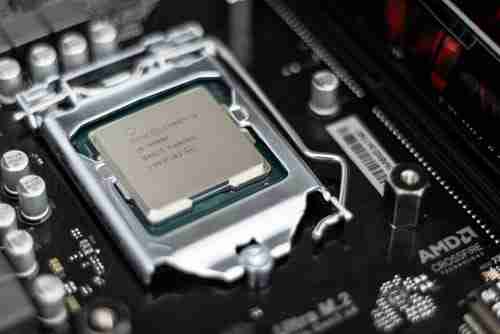
To run certain applications that are not compatible with multi-core operations, it may be necessary to disable a core in a multi-core CPU. This article will show you how.
How to Disable a Core
In Windows systems, it is possible to disable a core through the system configuration window. Choose the number of processors that should be enabled or disabled and restart the computer for the settings to take effect.Disabling a core in Linux can be done through the grub menu and add parameters to the kernel entry. These parameters are sent directly to the core when the Linux is starting. The Linux system has to be restarted after the modifications to disable a core in a multi-core CPU are made.
Why Disable a Core
It can sometimes be quite useful with a multi-core processor to be able to determine whether a core is working properly during rise in frequencies or for testing purposes. This can be done by disabling a core, thereby isolating the potentially problematic one. Sometimes this procedure is necessary to run certain applications, which are not compatible with multi core processing.
Note that this procedure will not affect physically your hardware, but your OS (Windows or Linux) will simply ignore the core(s) you selected.
Procedure When Using Windows
Open the start menu, click on Run , type in msconfig and click on OK
menu, click on , type in and click on In the System Configuration window click on the Atart sub menu and the on Advanced Options button
In the second window that appears, you should be provided with an option for enabling and disabling the processors as you wish
Validate your entry by clicking on OK
Restart your PC
Procedure When Using Linux
When using Linux the procedure is quite different. When starting up your PC, you should find the Grub menu, which is responsible for launching Linux. Select the entry you want to use, press the E key and a menu will appear (depending on the version used).
title Ubuntu 7.10, kernel 2.6.22-14-generic
root (hd0,5)
kernel /boot/vmlinuz-2.6.22-14-generic root=UUID=a8a39729-9d2a-425b-b84b-ecc5c7dad104 ro quiet splash
initrd /boot/initrd.img-2.6.22-14-generic
quiet
Using the arrow keys, go the line beginning with the word "kernel" and press E again.
Be aware that you are editing the line, which defines the path to your Linux kernel (core). At the end of the line, add the following command:
maxcpus=1
The end result should be:
kernel /boot/vmlinuz-2.6.22-14-generic root=UUID=a8a39729-9d2a-425b-b84b-ecc5c7dad104 ro quiet maxcpus=1
Note: que ro, quiet and maxcpus are the parameters sent to the core when starting up Linux.
Press the B key to start Linux.
Photo by Christian Wiediger on Unsplash